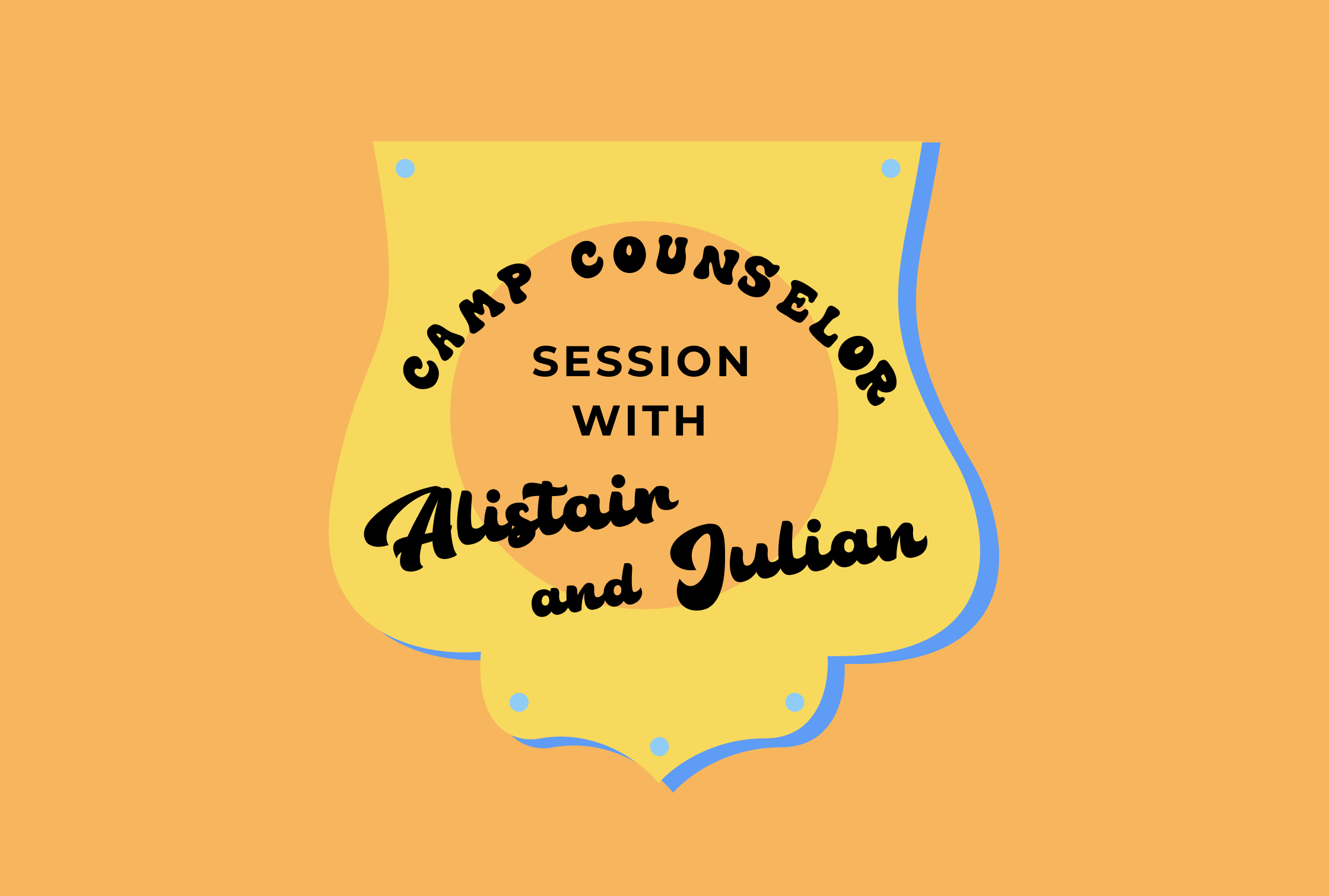Building and maintaining a community is a lot like kindling a campfire.
Similarly, success in Community Management often comes from trying things out, experimenting and sharing what has (or hasn’t) worked.
Need a little advice to help grow that spark?
Our resident camp counselors, inSided’s Head of Community Alistair Field and resident CSM Julian Lindhorst, sat down side-by-side to chat through all of your burning questions.
Let’s go.
Launching a community
Takeaway: When it comes to launching a successful community, there are three key pillars to keep in mind: content, traffic and engagement.
Takeaway: Traffic is perhaps the most important pillar of all. That’s because if you don’t have a solid traffic strategy, no one will be able to find your content. If you don’t have your traffic strategy right, it’s likely a good idea to postpone even the go-live for later.
Creating feedback loops
Takeaway: Consider creating different kinds of feedback loops where members can candidly chat and engage with the product and each other. Find ways to converse rather than just have a static piece of content.
- First, have a space to propose new ideas via an ideation module, where members can comment and chat.
- Second, you can also post your quarterly product roadmap update and have an open conversation opportunities for improvement, what should be advanced, and what is succeeding.
Lead generation with Community
Takeaway: Product feedback and lead generation are a powerful pair. Users who are very active in product feedback are also often catalyzing lead generation via the community. They motivate people to share their product feedback on the community. Once onboarded, they will also start engaging with other parts of the community itself—sharing their stories, asking questions, which will also attract non-customers.
Takeaway: Community, especially when mature, can have significant added value for all stages of the customer lifecycle—even pre-purchase. For these reasons, you should ideally open up your community for non-customers, too.
Open vs. closed communities
Takeaway: From a community management perspective, keep your community as open as possible so visitors aren’t bumping their head against that login wall. Public communities are so much more successful. We see a day-and-night difference between these communities.
Takeaway: From a product perspective, don’t limit what content users can see based on what products they own. If you’re a multi-product vendor and your customers purchased one product and you only show them that product, you’re missing a cross-sell opportunity. Let them be inspired by other products.
Takeaway: You can also consider a hybrid approach. Have a homepage that people can enjoy even when they’re not logged in and display content pieces so that they have a preview of the value. But you can also have hidden areas specifically for community managers. Whether it’s discussions about moderation, development—that is internal knowledge worth keeping private. It’s possible to have the best of both worlds.
Community use cases and ROI
Takeaway: Communities usually have three different use cases. First, there’s self-service and support deflection: question, answer, and ideally other users also answering questions. The second is engagement and advocacy. The third one is ideation and product feedback.
Takeaway: When measuring the service value of a community, consider an exit survey. Ask your visitors: “Did you come to the community with a question? Did you find the answer to that question?” and, “Would you have contacted support otherwise?” With these three metrics, you can then basically calculate the deflection value of your community.
If you have 100,000 visitors a month and 30% deflection of service questions, then 30,000 users would have contacted support otherwise. Multiply that by the average cost of handling a support request to your team, then deduct the platform cost and that’s your return on investment.
Need more answers to light your community fire? Watch the full webinar.


